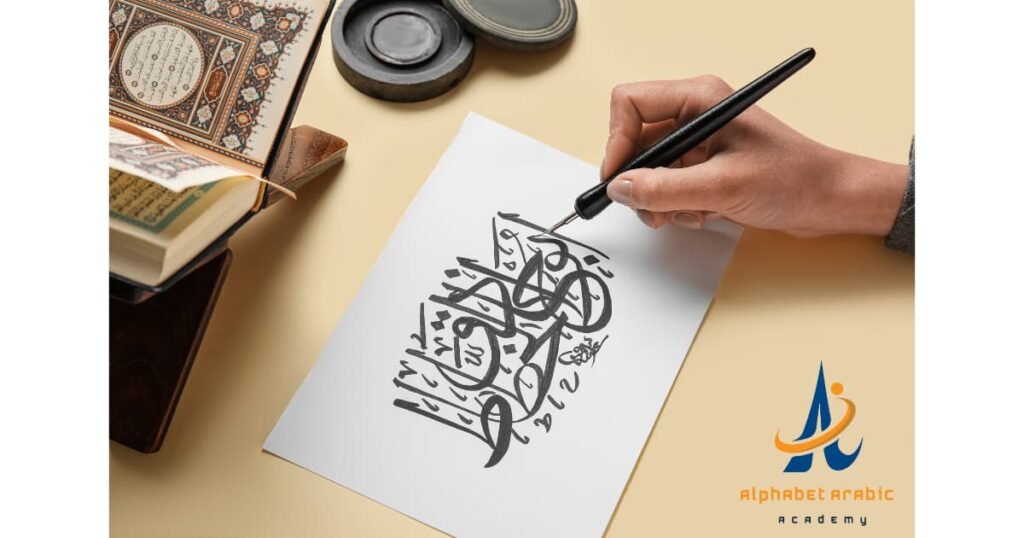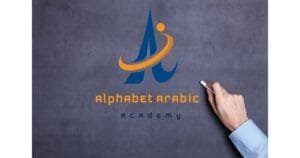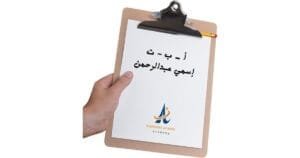Unlock the World of Arabic: Benefits of Learning the Arabic Alphabet with Our Course

Learning the Arabic alphabet is more than just acquiring a new skill—it’s an enriching journey into a fascinating language and culture. Our Arabic Alphabet Course offers a unique and engaging way to master the foundation of the Arabic script. Here’s why this course is perfect for you and how it can transform your learning experience!
Why Choose Our Arabic Alphabet Course?

Discover the unparalleled benefits of our expertly designed program:
1. Build a Solid Base in Arabic
The Arabic alphabet is the gateway to mastering the language.
- The ability to recognize and write all 28 Arabic letters.
- An understanding of how letters connect and change form in words.
- Confidence in pronouncing Arabic sounds accurately, even as a beginner.
2. Learn at Your Own Time
We recognize that each person has their own way of learning and timing.
- Flexible: Access lessons anytime, anywhere.
- Self-Paced: Progress through the material at a speed that works best for you.
- Interactive: Engage with videos, activities, and exercises designed to make learning enjoyable.
Benefits You’ll Gain from This Course

1. Connect Arabic to English Letters with Ease
For beginners, navigating the difference between Arabic and English can be challenging. This course closes the gap by:
- Translating Arabic letters into familiar English equivalents.
- Offering pronunciation guides to help you sound out words correctly.
- Providing transliteration exercises to enhance your understanding.
2. Increase Your Writing and Reading Skills
- Master the art of writing Arabic letters beautifully and legibly.
- Read words and phrases confidently, even if you’ve never studied Arabic before.
- Build a strong vocabulary foundation for further learning.
3. Access Arabic Culture and Heritage
Understanding the Arabic script opens the door to a rich world of culture, history, and tradition. By completing this course, you’ll:
- Be able to explore Arabic literature, poetry, and religious texts.
- Gain insight into the traditions and customs of Arabic-speaking communities.
- Feel connected to one of the most widely spoken languages in the world.
Who should to enroll in this course?

Our Arabic Alphabet Course is tailored to suit a variety of learners, including:
- Beginners: Newcomers: No prior experience with Arabic? No problem! Start with the basics and build up your skills step by step.
- Professionals: Whether for work or travel, this course equips you to interact with Arabic speakers confidently.
- Students: Add a valuable skill to your resume or academic portfolio.
- Parents and Kids: Our engaging and interactive approach is ideal for learners of all ages!
What Sets Us Apart?
1. Engaging Learning Techniques
Forget boring memorization! Our course incorporates:
- Visual aids to help you recognize letters.
- Fun games that turn learning into an enjoyable experience.
- Writing exercises to reinforce what you’ve learned.
2. Personalized Support
You’re not alone in your journey! Our course includes:
- Individual sessions with seasoned instructors.
- A supportive community of learners to share experiences and progress.
- Consistent feedback helps you stay on course.
3. Affordable Pricing
We think everyone should have access to good education. Our Arabic Alphabet Course offers competitive pricing with no compromise on quality.
Begin Your Arabic Adventure Now!

Don’t wait to unlock the benefits of learning Arabic. Mastering the Arabic script through our course is the first step towards fluency, cultural appreciation, and personal growth.
📌 Enroll now and take the first step towards mastering the Arabic alphabet!
Ready to join? Press the button below to begin your journey today. Your future in Arabic learning begins here!

